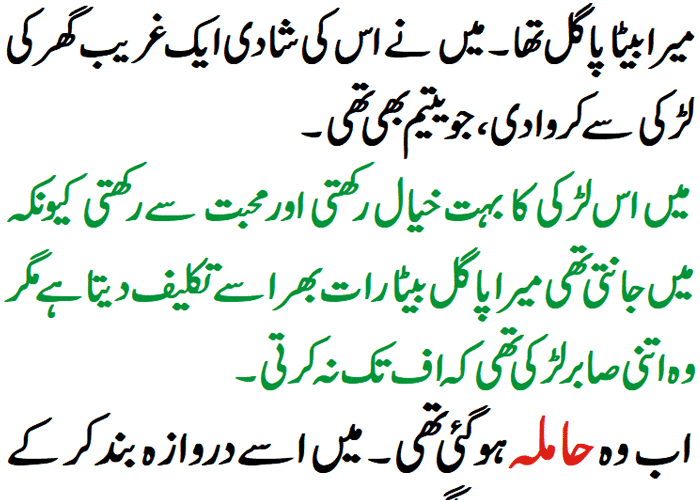
In today’s modern work culture, many of us spend hours sitting at our desks, staring at screens. While this sedentary lifestyle might seem comfortable at first, it often leads to one common complaint: back pain. Sitting for long periods can strain your back muscles, compress your spine, and lead to discomfort or chronic pain.
Fortunately, there is a natural and effective way to alleviate this pain—yoga. Incorporating specific yoga asanas (postures) into your daily routine can help strengthen your back, improve flexibility, and reduce the tension caused by prolonged sitting. This article will guide you through some of the best yoga asanas to ease back pain and improve your overall well-being.
Impact of Prolonged Sitting on Your Back
Sitting for long hours, especially with poor posture, puts immense pressure on your spine and the surrounding muscles. This can lead to muscle stiffness, reduced flexibility, and chronic back pain.
Additionally, prolonged sitting weakens your core muscles, which are essential for supporting your spine. Without strong core muscles, your back has to bear the brunt of maintaining your posture, leading to further strain.
How Yoga Helps Relieve Back Pain
Yoga is a holistic practice that not only improves your physical health but also enhances your mental well-being. The gentle stretching and strengthening exercises in yoga help release tension from tight muscles, increase blood flow, and improve flexibility. Regular practice of yoga can help you develop better posture, stronger muscles, and a more resilient spine, all of which contribute to reducing back pain.
Yoga Asanas to Reduce Back Pain
Here are some effective yoga asanas that can help alleviate back pain caused by sitting at work all day:
1. Cat-Cow Pose (Marjaryasana-Bitilasana)
The Cat-Cow pose is a gentle flow between two poses that warms up your spine and releases tension in your back and neck.
How to do it: Start on your hands and knees, with your wrists aligned under your shoulders and your knees under your hips. Inhale as you drop your belly towards the mat, lift your head, and tilt your pelvis up (Cow Pose). Exhale as you round your spine towards the ceiling, tuck your chin to your chest, and draw your navel towards your spine (Cat Pose). Continue this fluid movement for 5-10 breaths, focusing on the stretch and release in your back.
2. Child’s Pose (Balasana)
Child’s Pose is a restorative posture that gently stretches the lower back, hips, and thighs. It is excellent for releasing tension after long hours of sitting.
How to do it: Kneel on the mat with your big toes touching and knees spread apart. Sit back on your heels, then slowly lower your torso forward, bringing your forehead to the mat. Extend your arms in front of you or let them rest alongside your body. Hold this pose for 1-3 minutes, breathing deeply and allowing your back to relax.
3. Downward-Facing Dog (Adho Mukha Svanasana)
Downward-Facing Dog is a popular yoga pose that strengthens and stretches the entire body, particularly the back and hamstrings.
How to do it: Start on your hands and knees. Spread your fingers wide and press firmly into the mat as you lift your hips towards the ceiling, straightening your legs. Your body should form an inverted V-shape. Keep your head between your arms, and ears aligned with your upper arms. Hold this pose for 5-7 breaths, feeling the stretch in your back, shoulders, and hamstrings.
4. Cobra Pose (Bhujangasana)
Cobra Pose strengthens the back muscles and improves spinal flexibility, making it an excellent choice for relieving lower back pain.
How to do it: Lie face down on the mat with your legs extended and the tops of your feet pressing into the mat. Place your hands under your shoulders, elbows close to your body. Inhale as you gently lift your chest off the mat, using your back muscles rather than pushing with your hands. Keep your elbows slightly bent and your shoulders away from your ears. Hold the pose for 15-30 seconds, breathing deeply, and then slowly release back to the mat.
5. Sphinx Pose (Salamba Bhujangasana)
Sphinx Pose is a gentle backbend that strengthens the spine and opens the chest, providing relief from back pain caused by sitting.
How to do it: Lie face down on the mat with your legs extended behind you. Place your forearms on the mat, elbows directly under your shoulders. Press into your forearms as you lift your chest and head, keeping your lower body relaxed. Hold this pose for 1-2 minutes, breathing deeply, and allowing your back muscles to stretch and strengthen.
6. Bridge Pose (Setu Bandhasana)
Bridge Pose stretches the chest, neck, and spine while also strengthening the back and glutes, making it a great pose for relieving back pain.
How to do it: Lie on your back with your knees bent and feet flat on the floor, hip-width apart. Place your arms by your sides, palms facing down. Press your feet into the mat as you lift your hips towards the ceiling, keeping your thighs parallel. Clasp your hands under your body and hold the pose for 30-60 seconds, breathing deeply. Slowly lower your hips back to the mat and repeat if desired.
7. Seated Forward Bend (Paschimottanasana)
Seated Forward Bend stretches the entire back body, including the spine, hamstrings, and lower back, providing relief from tightness caused by sitting.
How to do it: Sit on the mat with your legs extended straight in front of you. Inhale as you lengthen your spine, and exhale as you hinge forward from your hips, reaching for your feet. If you can’t reach your feet, hold onto your shins or ankles. Keep your back straight and avoid rounding your spine. Hold the pose for 1-2 minutes, breathing deeply, and feeling the stretch along your back and legs.
Back pain from sitting at work all day can be a significant hindrance to your daily life, but it doesn’t have to be. By incorporating these simple yoga asanas into your routine, you can alleviate discomfort, strengthen your back, and improve your overall well-being. Remember to practice regularly and listen to your body, and soon, you’ll notice a positive change in how your back feels, both during work and beyond.





